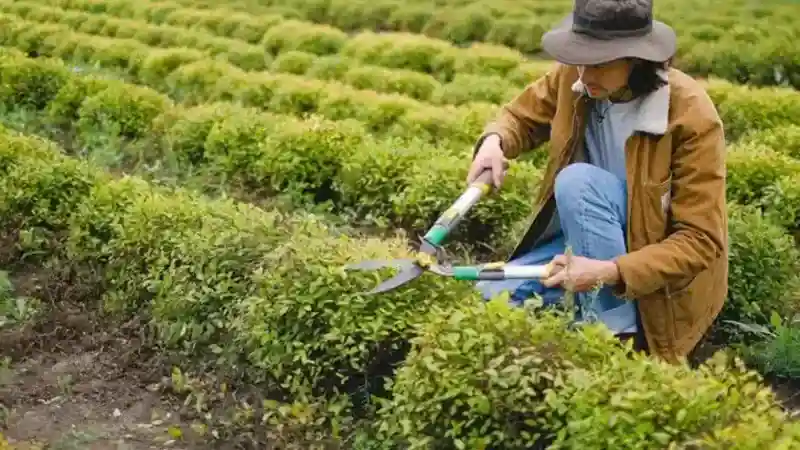Australia’s vast landscapes, different climatic conditions, and rich history of agriculture offer a unique opportunity for farming. But everything is not hunky-dory. Farm owners face many problems; one is the management of shrubs and bushes, which, though appearing relatively innocuous, bring considerable hassles for farmers nationwide.
Invasive Growth Patterns
Most shrubs and bushes have a highly invasive growth pattern, which makes them a nuisance to most farm owners. They tend to spread on valuable farmland and grow at the expense of crops by competing with other vital elements such as water, light, and nutrients. In Australia, where water shortage has become a norm, this competition results in stunted crop growth with higher irrigation costs.
Habitat for Pests and Diseases
Shrubs and bushes host a wide variety of pests and diseases. They create habitats in which most insects, rodents, and other pests, probably acting as vectors of particular diseases, not only breed but also hide. This is particularly acute in Australia, where invasive species have already poached the unique ecosystem. Managing the pests always requires an extra input of time and other resources, only lowering the farm’s productivity.
Obstruction to Farm Operations
Non-cleared and non-passable land affects the farm operations. Shrubs, bushes, and such growth handicap or cripple the effectiveness of the machinery that is utilised on a farm. For instance, the slasher mowers used when the area covered in the clearing is large may be less effective if it has to deal with dense shrubbery. It may also complicate managerial procedures on the farm by increasing the maintenance costs of the equipment, and thus further complicate things on the farm due to added idle time in using the equipment.
Soil Degradation
While some shrubs and bushes may prevent soil erosion, others are known to cause soil degradation. Some species draw out all the vital elements in the soil, thus causing it to degrade because of a lack of these nutrients. This contributes to reduced health and productivity for crops produced on such land over some time. Therefore, Australian farm owners must ensure that their shrubs and bushes are controlled to avoid such conditions that would contribute to the degradation of their soils over a long period.
Fire Hazards
Australia has encountered bushfires before, and these shrubs and bushes may increase the risk of this occurrence. They act as fuels to wildfires, increasing their intensity and spread speed. Farm owners must invest time and resources in managing these plants to reduce the fire hazard. This will help save their property and assure security to the adjacent communities.
Increased Labour Costs
Managing shrubs and bushes involves extra labour, which is expensive for farmers. Trimming, removing, and monitoring the bushes would mean much investment, yet the farmer operates on a very slim profit margin. Bushes cause extra expenses, which would obviously dwindle a farm business’s returns. As such, efficient management is necessary to mitigate the costs.
Environmental Impact
Shrubs or bushes may be okay, but their development should not be allowed randomly since they may harm the environment. They may replace native plants and disrupt biodiversity. Farmholders’ land management activities must balance ecological concerns for sustainable land usage, which is essential to preserving Australia’s unique natural heritage.
Shrubs and bushes battle with crops for water, fertiliser, and sunlight, shelter pests that damage crops, obstruct farming operations and soil degradation, pose a fire risk, raise costs, and have environmental impacts on Australian farmland. These issues must be managed to keep Australian farms sustainable and productive.
